They say everything is bigger in Texas, and the state’s economy is a towering giant by any measure. Last valued at $2.4 trillion in 2022, Texas alone would comprise the 8th largest economy in the world, and upcoming evaluations have the Lone Star State passing France for the No. 7 spot. C’est la vie.
Population growth has certainly played a factor in the state’s economic dominance. Texas gained over 473,000 new citizens in 2023, accounting for 30% of the nation’s overall population growth. The Texas Demographic Center at UTSA projects that the state’s total population could very well exceed 40 million by the year 2040. People aren’t the only ones flocking to the state, though. Companies are, too. In May, Texas hit its largest labor force mark ever at more than 15.2 million jobs, topping every other state in the nation.
There are myriad reasons why Texas is such an appealing business destination, but one rises above all – the state is leading the world in many industries forward-looking industries.
“With the best business climate in America, Texas is a magnet for attracting and retaining innovative entrepreneurs and industry leaders seeking the freedom to grow their businesses and the opportunity for their employees to succeed,” Gov. Greg Abbott said in a press release this summer. “With a skilled and growing workforce and continuing strategic investments in education, workforce development and critical infrastructure expansion, we are building the greatest economy in the nation and a bigger, better Texas for decades to come.”
Prominent officials widely agree that colleges and universities — and especially the state’s 11 Carnegie R1 research institutions, including UTSA — are essential to fostering the talent that will propel Texas’ strongest industries over the coming decades.
“As our state’s economy continues to grow, the demand for skilled workers will increase. Collaboration between employers, government agencies and educational institutions will be key in ensuring the Texas labor force remains competitive and continues to drive economic growth in the state,” explains Bryan Daniel, Chairman and Commissioner Representing the Public for the Texas Workforce Commission. “By investing in education and upskilling initiatives, Texas can position itself as a leader in innovation and attract top talent from around the country.”

In many ways, Texas has already positioned itself as a bellwether in innovation. Home to thousands of life science and research firms, as well as many major medical centers, Texas is at the forefront of discovery in biotechnology, cancer research, brain health and precision medicine. Already a colossus in oil and gas production, the state’s renewable energy potential is just as vast, thanks to its abundant wind, solar and biomass resources. Texas leads the way in data infrastructure, financial services and information security.
Additionally, Texas is one of the world’s most vital cradles for engineers and cybersecurity experts because of its enormous presence in national security, aerospace, aviation, transportation and defense. It is home to powerhouse players like NASA, SpaceX, Blue Origin, American and Southwest Airlines, plus 15 active military bases. It’s also an international trading hub with 29 ports of entry and a freight mammoth with more highway lanes and railroads than any other state. Laredo, just down the road from San Antonio, is the largest port in the U.S., and the state’s logistics market is expected to swell by more than $22 billion over the next five years.
San Antonio’s physical location and strategic positioning at the nexus of all of this growth and innovation are the pair of aces in Jenna Saucedo-Herrera’s hand. As the president and CEO of greater:SATX Regional Economic Partnership, the lead economic development organization for the San Antonio region, Saucedo-Herrera’s laser-focused mission is to create jobs. She does everything in her power to grow and retain the jobs offered by the city’s top employers like H-E-B, USAA and Valero.
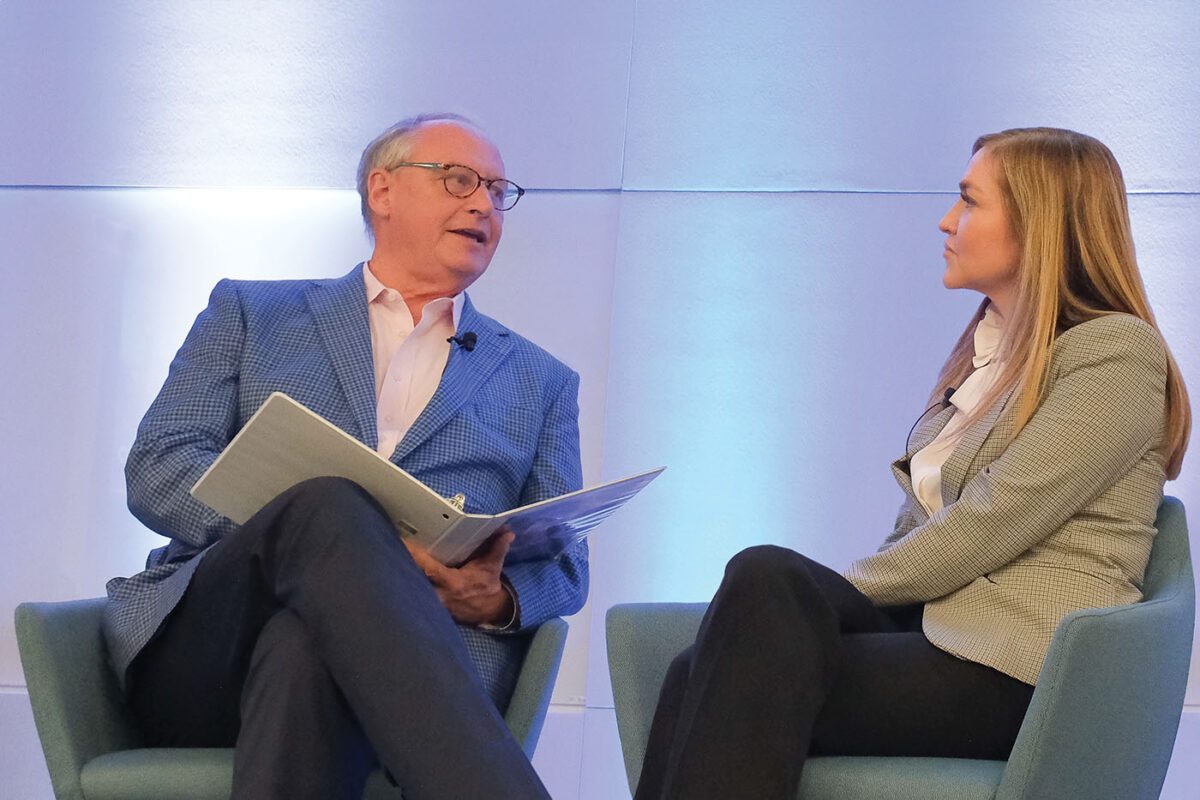
Just as importantly, she travels around the globe to recruit high-quality employers to establish operations in the San Antonio region. In that effort, greater:SATX has exceeded all expectations. Through the first half of 2024, the organization announced $1 billion in new investments and has already surpassed its 2021-2025 goal of $5 billion.
“San Antonio is anchoring what I believe will be one of the most dynamic employment corridors in the world within the next 20 years, which stretches north to Austin and south to Monterrey, Mexico,” Saucedo-Herrera says.
One factor that’s long kept San Antonio trailing other major metros, Saucedo-Herrera says, is educational attainment. The city has never had an educated workforce large enough to support corporate headquarters with tens of thousands of employees. But that’s changing in a big way — and UTSA is leading that charge with intentional focus and a mission to not simply produce more talent but more skilled talent.
“Our university is situated in the seventh largest and one of the fastest growing cities in the U.S.,” UTSA President Taylor Eighmy says. “We are at the crossroads of the Americas, and our educational efforts align with our businesses here in Texas.”
“Educational outcomes are core to our mission to deliver jobs,” Saucedo-Herrera adds, “and UTSA is at the helm helping us articulate that strategy.”

PROSPERITY IN THE ALAMO CITY
As San Antonio drives business growth in Texas, UTSA provides the talent needed to expand the workforce and lift the economy
Saucedo-Herrera has shared many conference rooms with UTSA President Taylor Eighmy, who serves on the greater:SATX executive committee alongside business leaders from across San Antonio. When she thinks back on their working relationship, one moment always stands out. During a workforce development meeting with the area’s top employers and university leaders, Eighmy said something that most folks in higher education might find peculiar. Many of them would say that the students at any university are their “customers” or “clients.” Eighmy, however, told everyone in the room that UTSA’s “customers” were their future employers and that UTSA’s graduates will help ensure their prosperity.
“That was the most brilliantly simple explanation that I’ve ever heard from somebody who understands the complexities of workforce and talent readiness,” she says. “If we truly want to drive economic and social mobility in San Antonio, then we have to think in terms of what employers need in the present and future, and we need to prepare students for that level of success.”
To that end, UTSA has crafted its most popular and renowned degree programs to meet the target industries of Texas. For example, graduates earning degrees in cybersecurity, computer science and data science are filling a dire tech and cyber talent gap. San Pedro I — home of UTSA’s School of Data Science, National Security Collaboration Center and the Cybersecurity Manufacturing Innovation Institute — puts students in the heart of the city’s Tech District while preparing them for much-needed positions in information technology, information security and business intelligence.
With the upcoming formation of UTSA’s newest college dedicated to AI, computing, cybersecurity and data science, students will have a leg up in the ever-evolving landscape of advanced technologies.
Texas Secretary of State Jane Nelson has seen firsthand how such thoughtful innovations and strategic efforts at colleges and universities have spurred the Lone Star State to previously unmatched heights.
“As I meet with people from around the world, encouraging investment in the Lone Star State, one thing that continually sets Texas apart is investment in our workforce. This is especially true when it comes to technology,” Nelson says. “UTSA’s early commitment to cybersecurity education is helping to make Texas a global economic leader and build a workforce ready for 21st Century jobs.”
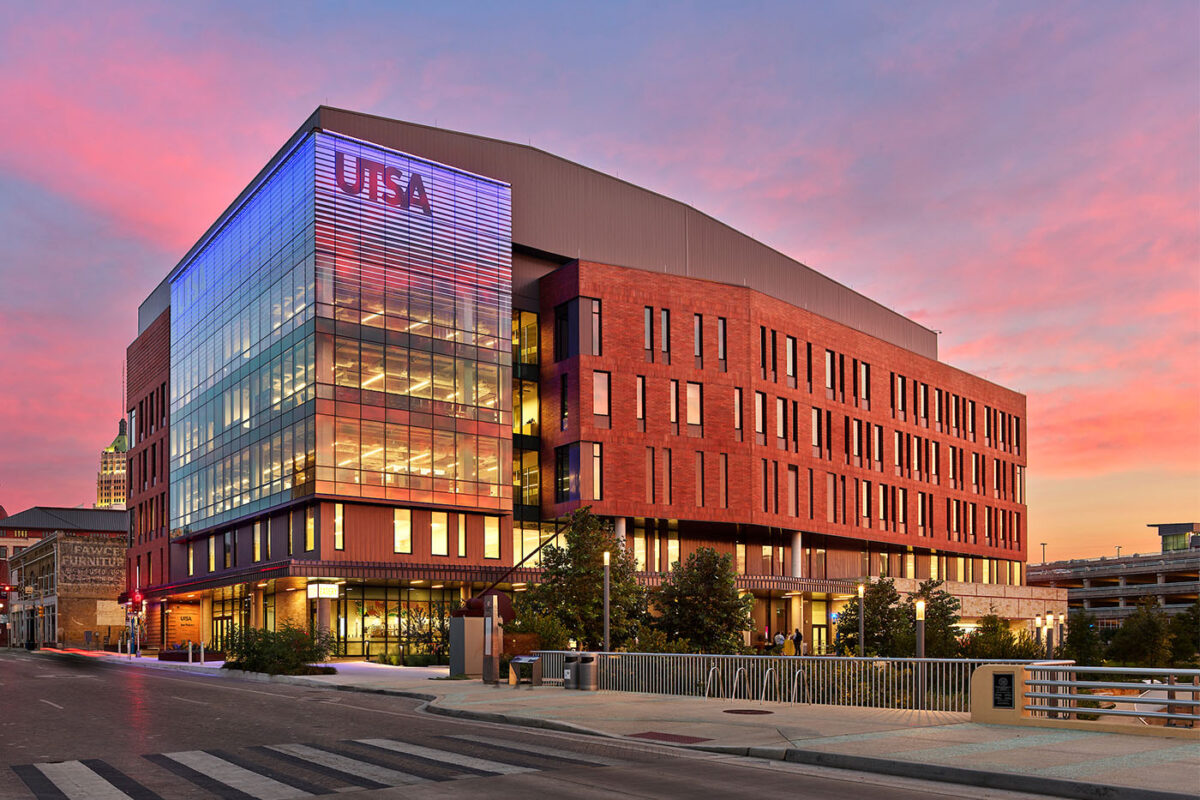
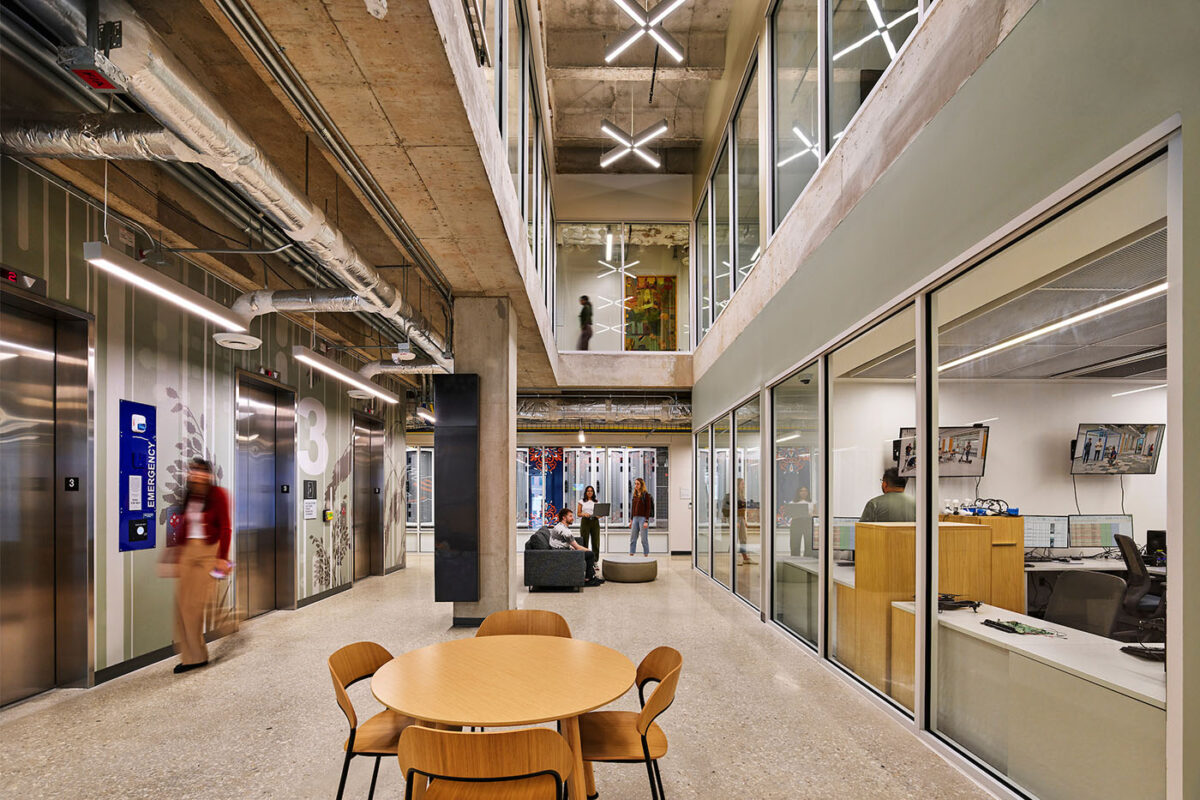

That commitment extends far beyond cybersecurity. UTSA’s biology, psychology, kinesiology and biomedical engineering graduates are making big contributions to San Antonio’s growing bioscience and health care sectors. Roadrunners with degrees in finance, marketing and management are finding success among San Antonio’s high concentration of financial service and insurance providers. And UTSA degree-holders in mechanical engineering, civil engineering and construction science are helping keep the region’s countless manufacturing, infrastructure and transportation efforts running smoothly. Saucedo-Herrera says this has been a game-changer in her role.
“The workforce pipeline for the next 10 to 50 years is extremely important for these organizations as they’re deciding on locations for their operations,” she explains. “We have a demand, and UTSA is really stepping up to be relevant to key employers and create that supply for us.”
More than 7,000 Roadrunners graduate and enter the workforce each year and a whopping 90% of them stay in Texas. But it’s not just about quantity. It’s about quality. Roadrunner alumni are earning reputations as thinkers, as doers, as fixers and as game-changers. The key characteristic that sets UTSA graduates apart as they enter the workforce can be summed up in one word: versatility. Employers throughout the state are seeking Roadrunners because they have relevant experience and an aptitude for collaboration before they graduate.

That may be because UTSA has made significant investments in its Classroom to Career initiative in recent years, ensuring that students can immerse themselves in real-world learning opportunities from their very first day on campus. By 2028, the university is on track to have at least 75% of undergraduate students participating in career-engaged learning experiences — from internships and career training to service learning and research. This gives Roadrunners the opportunity to not only further their own professional development through a more authentic way of learning, but also gain valuable experiences that will make them more appealing to employers and ready to make an immediate impact in their careers.
UTSA also fosters strong relationships with leading corporations and innovative small businesses to connect thousands of students to internships, part-time and full-time opportunities with employers throughout the Lone Star State. Nearly 37,000 employers are approved to recruit UTSA students. In fact, 363 of the Fortune 500 companies have actively recruited Roadrunner talent at UTSA career expos and events or through the Handshake app accessible to all of the university’s students and alumni.
Sombrilla Magazine connected with four UTSA alumni and their employers to learn about their paths to prosperity. Click below to read their stories.
See how UTSA inspires highly skilled cybersecurity professionals like teacher-turned-analyst Jamal Hasty ’23.
Hear from Bonnie Lee ’23, who found a fresh start in an industry of infrastructure that’s rapidly evolving.
As freight transportation grows, find out why mechanical engineers like Taylor Richard ’21 will be increasingly vital.
Read about research engineer Isabella Cano ’22, who’s helping her company revolutionize organ transplant technology.
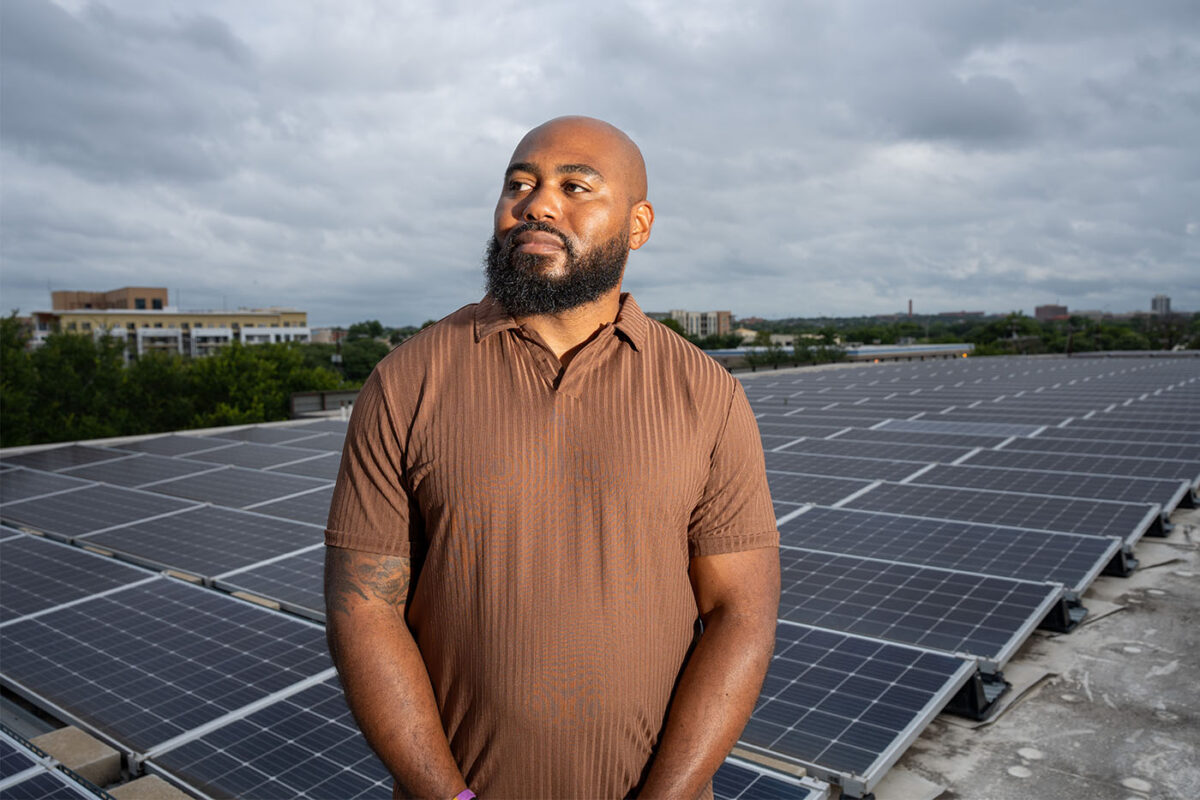

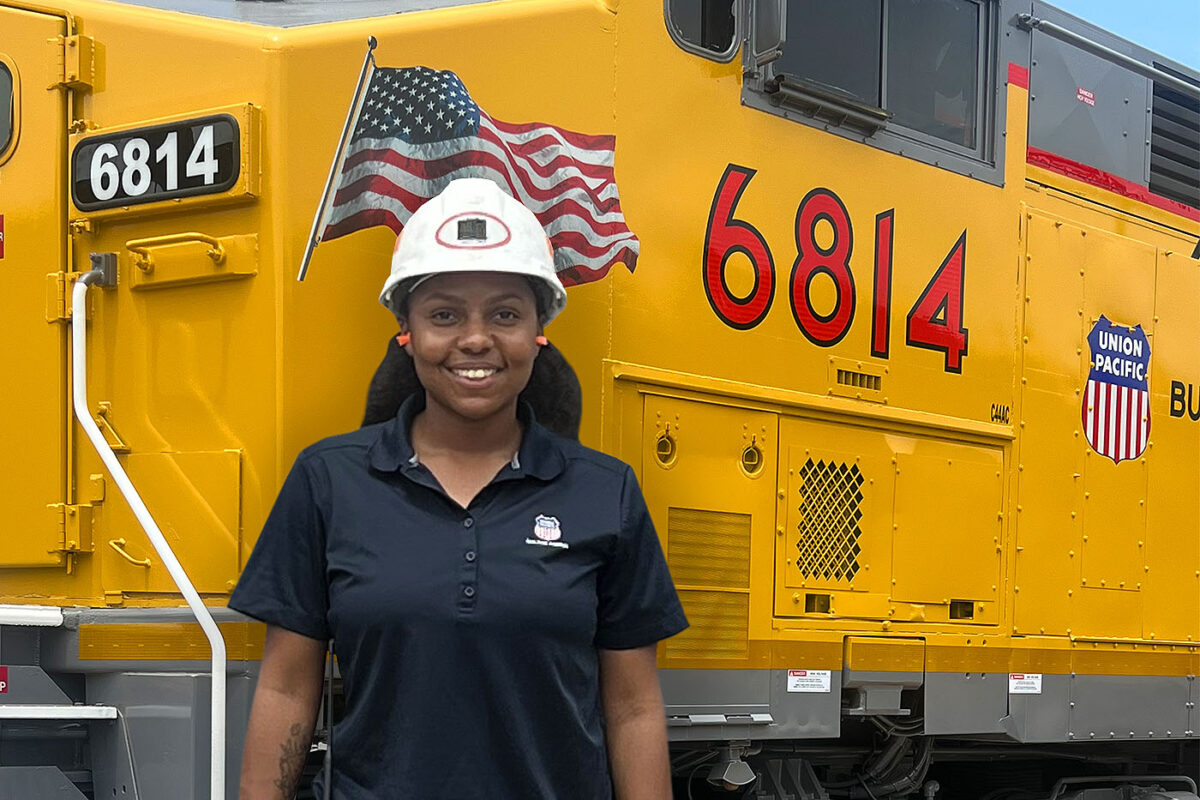
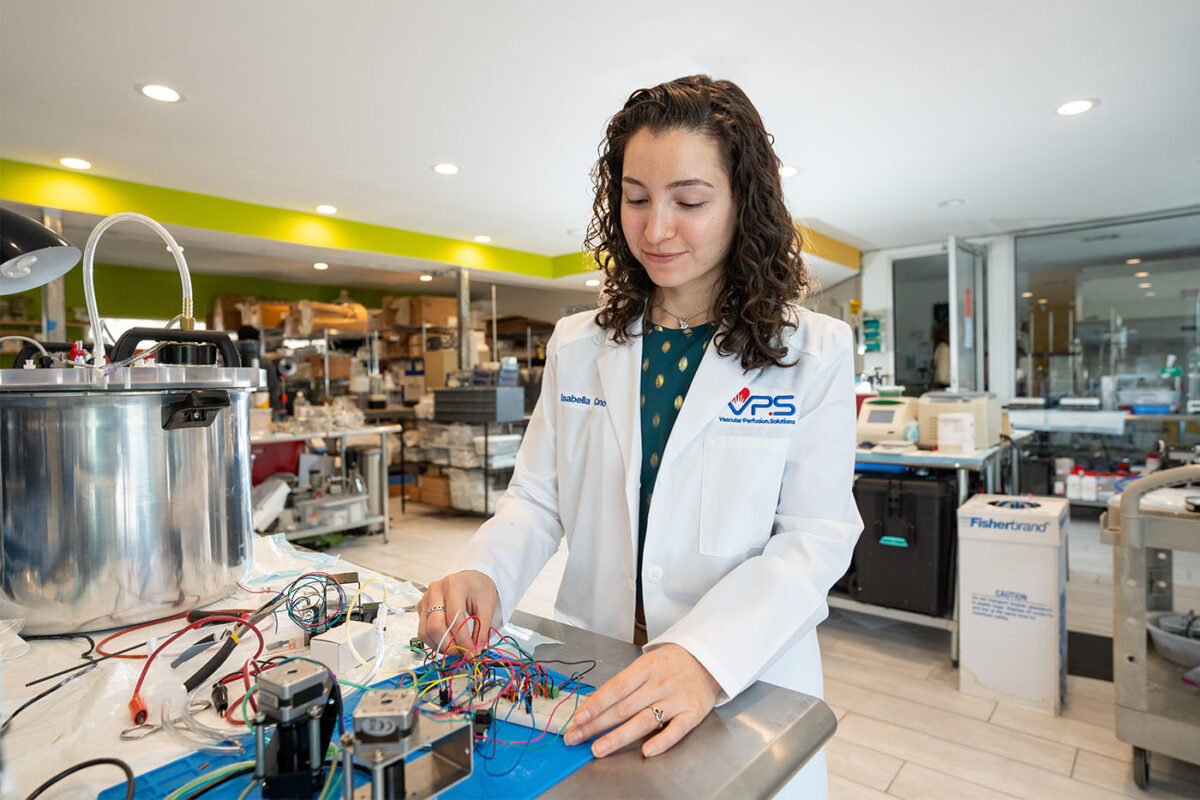


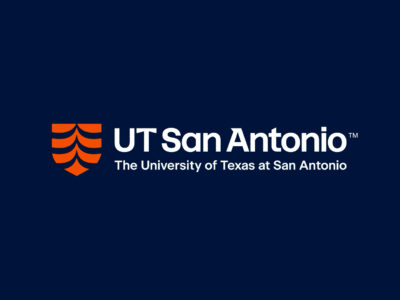
No comment yet, add your voice below!